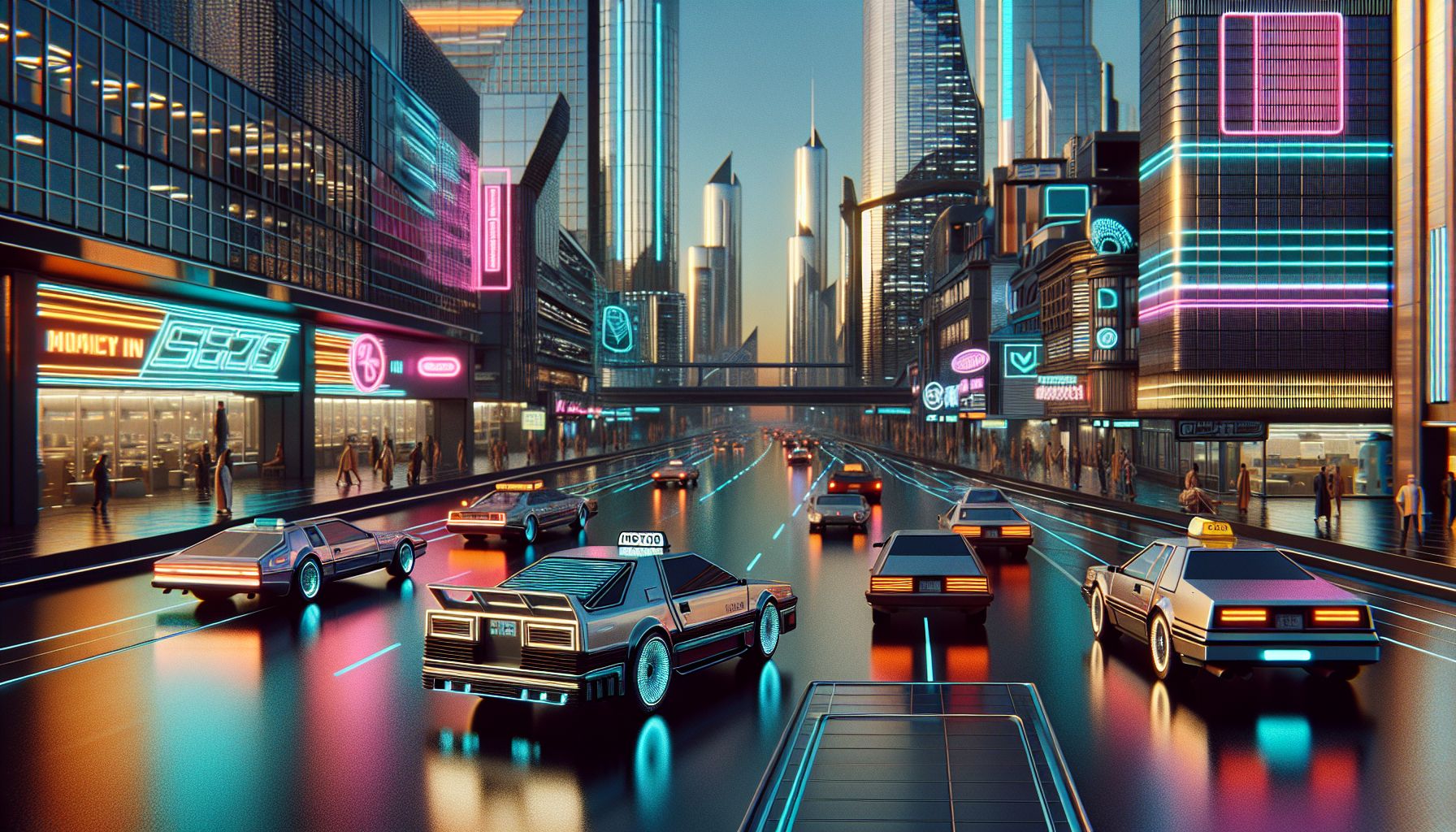The Road to Eco-Friendly Taxis: Hydrogen-Powered Possibilities

London, Sunday, 2 February 2025.
Hydrogen fuel cell taxis could drastically cut emissions, offer cost savings, and promote sustainability. Bradford’s pilot scheme could lead the charge in cleaner, greener transport solutions for the future.
Bradford’s Pioneering Initiative
I’m excited to share news about Bradford’s groundbreaking move into hydrogen-powered transportation. The city is set to become a major player in sustainable transport, as Bradford Council engages in promising discussions with Toyota to introduce hydrogen fuel cell Mirai taxis [1][4]. What makes this particularly interesting is that Bradford already leads in eco-friendly transport outside London, with their Clean Air EV Taxi Fund having upgraded 520 taxis to zero emissions, and plans to reach approximately 800 electric taxis [2].
Infrastructure and Economic Impact
The cornerstone of this initiative is the state-of-the-art hydrogen fuel site planned for Bowling Back Lane, which recently secured government funding [2]. As someone following clean energy developments, I find the numbers impressive - the facility will have the capacity to produce 12.5 tonnes of hydrogen daily, equivalent to removing 800 diesel-fuelled buses from West Yorkshire’s roads [2][4]. The economic benefits are substantial too, with projections indicating the site will generate £120 million for the local economy and create up to 125 new jobs [2].
Global Context and Innovation
The timing of Bradford’s initiative couldn’t be better. Recent research shows that fossil fuels currently account for about 65% of global energy requirements, with projections indicating this could rise to 75% by 2050 without significant changes [1]. In the broader transport sector, we’re seeing exciting developments in hydrogen technology. For instance, I’ve been following Sambo Motors Group’s recent unveiling of the HAM III-2, the world’s first hybrid air taxi combining hydrogen fuel cells and battery technology [3], demonstrating how hydrogen power is advancing across various transport modes.
Future Prospects
Looking ahead, I see Bradford’s pilot scheme as a potential model for other cities. The Toyota Mirai, which generates electricity by fusing oxygen and hydrogen together, produces zero harmful tailpipe emissions [4][5]. This technology, combined with the planned infrastructure, could revolutionize urban transport. As we approach the latter half of the 2020s, such initiatives will be crucial in meeting increasing energy needs in road transportation, which are expected to rise by up to one-third between 2015 and 2030 [1].